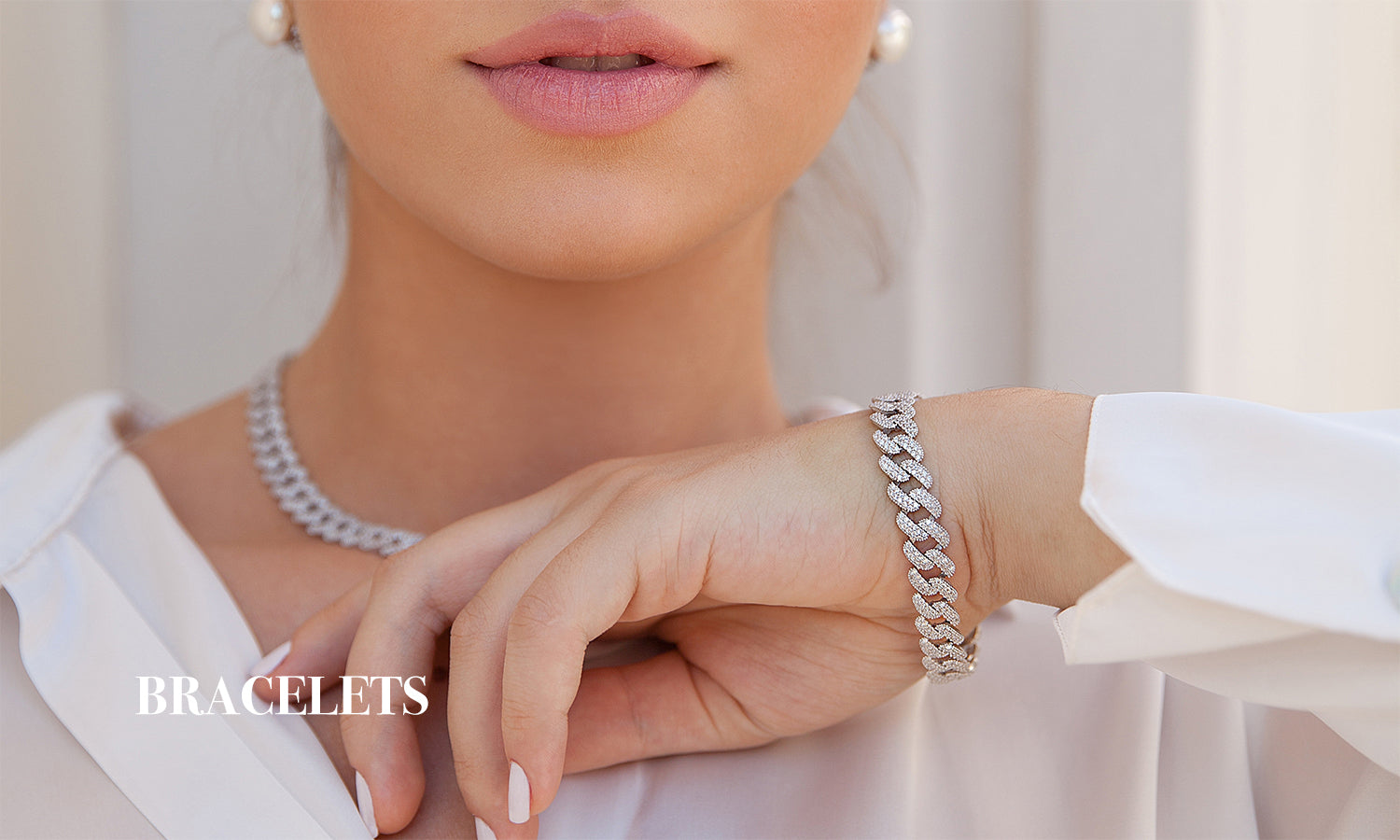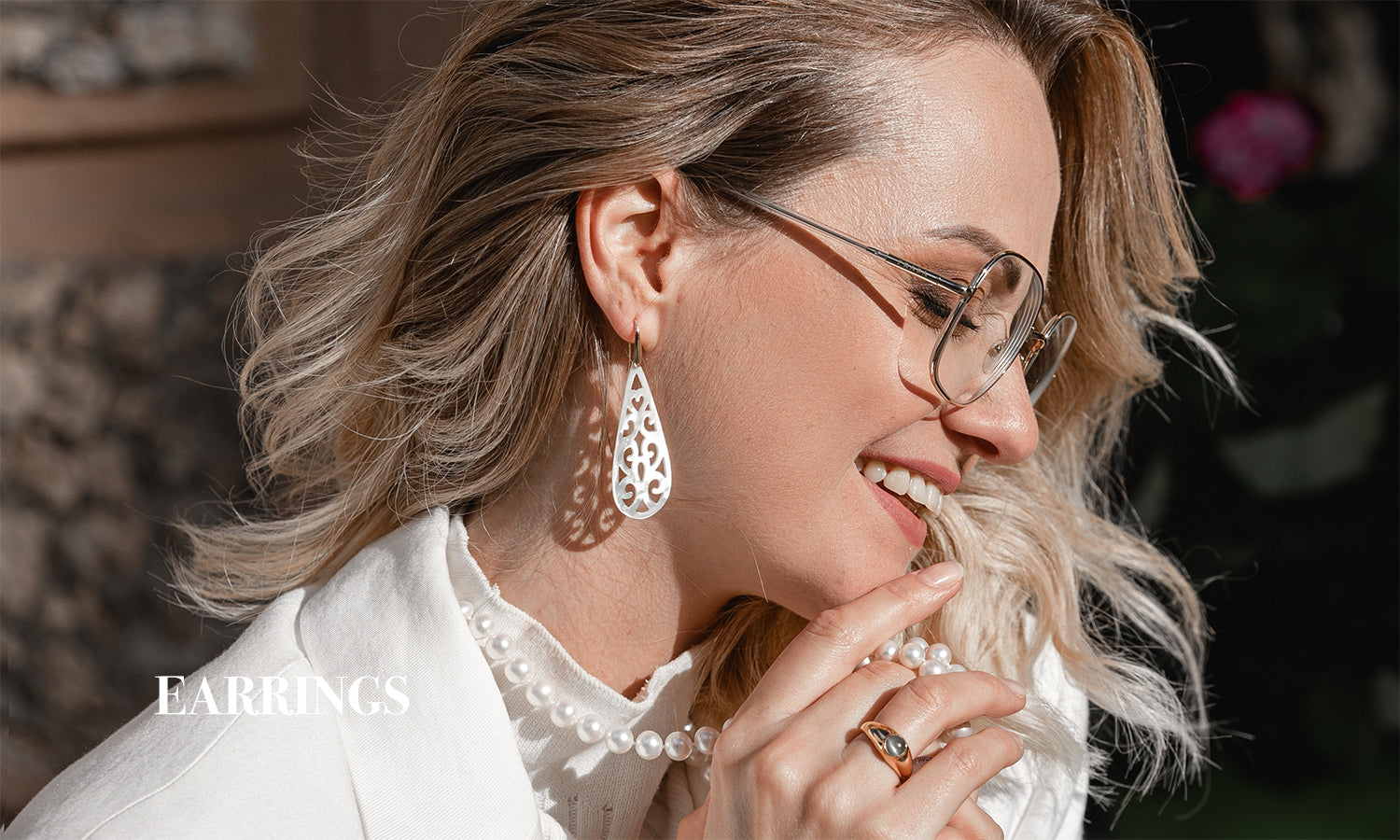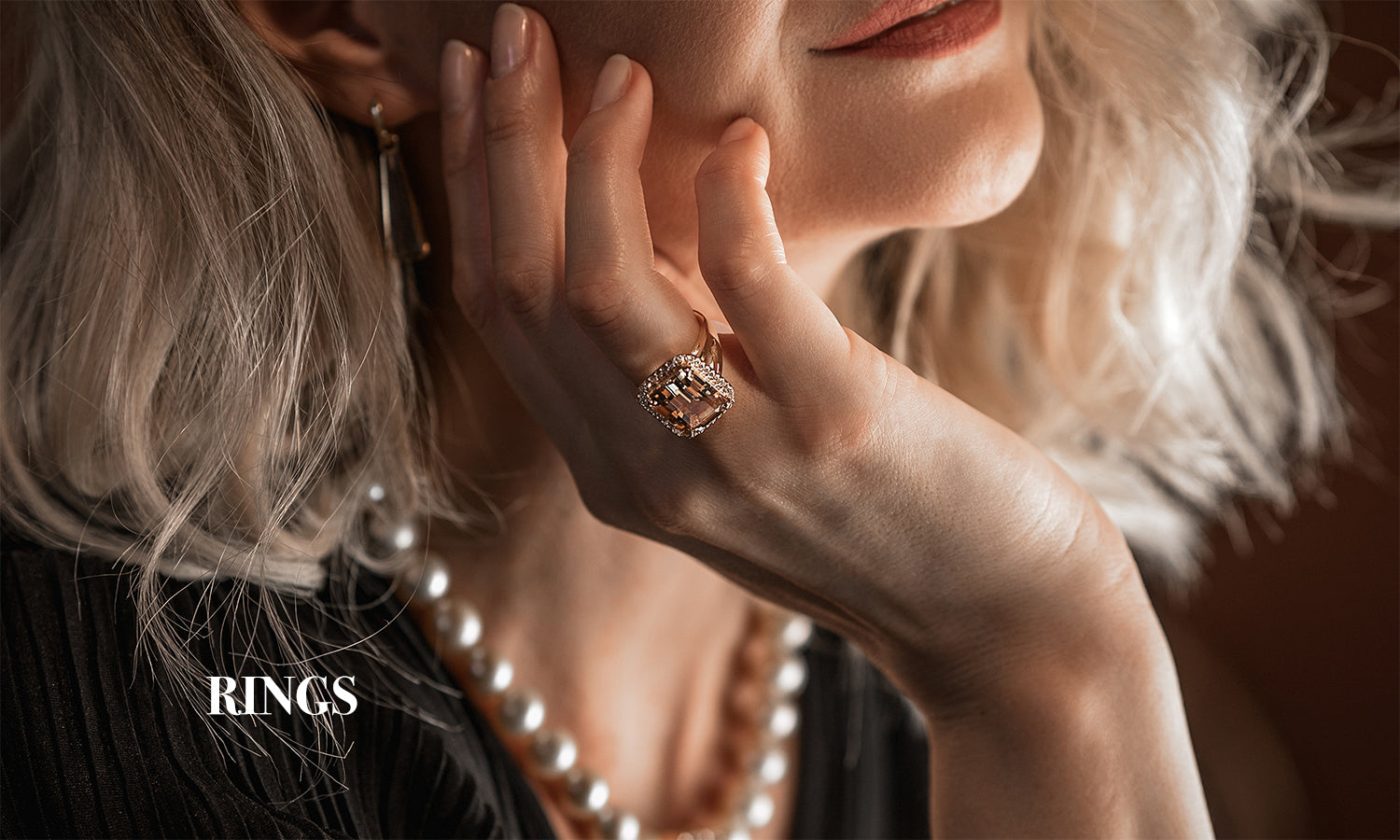Understanding the Role of Art of Jewelry

Jewelry has long been a part of human culture, with evidence of its use stretching back thousands of years. For many, jewelry is a way to express individuality and style and commemorate special occasions and events. But jewelry has also served a more serious purpose, often symbolizing status, faith, and even protection against evil forces. It is no wonder that jewelry has continued to capture the imagination of people across the world.
Jewelry can be an art form in its own right, with designers creating unique pieces to express their creativity and bring joy to their customers. Metals, stones, and other materials are carefully worked to create intricate designs and patterns. Jewelry can also capture a particular moment or memory, with each piece becoming a conversation piece that can be passed down through generations.
No matter what purpose jewelry serves, it reminds us of the importance of art and beauty in our lives. Whether it is used to commemorate a special occasion, express individual style, or ward off negative energies, jewelry will always be a way to express our creativity, love, and appreciation for life.
Appreciating the Power of Art
Art is a powerful, unique form of expression that can evoke emotions and help people make sense of the world. Art can inspire, educate, create beauty, tell stories, and heal. It can bring people together, start conversations, and provide an outlet for self-expression. Art can also be a powerful tool for transformation and growth, individually and collectively. Art can transcend language, culture, and time and bring people from different backgrounds together in a shared experience. Art can be a powerful form of resistance and a way to honor the past and celebrate the present. Appreciating the power of art is essential for cultivating a more creative, vibrant, and inclusive world.

A genuine appreciation of art comes from understanding its emotional and intellectual impact on people and its potential to spark dialogue and foster connection. It is the ability to see art's potential to bring joy, offer solace, and express complex concepts and feelings. It is the appreciation of the unique way art can communicate and the different forms it can take. Appreciating the power of art is to celebrate its capacity to move us, teach us, and open our eyes to new perspectives. It is to recognize art's role in our lives and its potential to create meaningful change.
Exploring the Diversity of Art
The diversity of art is vast and varied. Art can take many forms, from painting and sculpture to music, dance, literature, and film. Art is often deeply personal, reflecting the beliefs and values of the artist and the culture from which it originates. Art is often used to express ideas, emotions, and opinions and can be created for aesthetic and practical purposes. Art can also be used to explore and celebrate the diversity of the world, honoring the unique perspectives and experiences of people from all walks of life. By examining the variety of art, we can gain a greater understanding and appreciation of the many different cultures and ways of life that make up our world.
The diversity of art can be seen in the variety of mediums and techniques used. Painting, sculpture, photography, film, and other visual arts use different methods and materials to create works of art. Music, literature, and dance can also take many forms, from traditional styles to contemporary works. Each art form has its unique language, allowing for expression unique to the artist.
The diversity of art is further expressed through the themes and subjects explored. Different cultures often have different perspectives, leading to various interpretations and expressions. Analyzing the variety of art can help us better understand and appreciate the views of others and can lead to greater understanding and empathy.
The diversity of art can also be seen in the different ways it is experienced. Art can be experienced in person, through live performances, art galleries, museums, or virtually, through the internet and other digital media. Each experience offers a unique perspective and the opportunity to learn something new.
Exploring the diversity of art is an essential part of understanding the world. By taking the time to appreciate the work of different artists and cultures, we can learn more about the beauty and complexity of our world and gain a greater appreciation for the uniqueness of each individual.
Exploring the History of Art
The history of art is long and complex, spanning many centuries, cultures, and regions. It is a fascinating journey through time, exploring the evolution of artistic styles, techniques, and media. It can be explored through various mediums, such as painting, sculpture, architecture, ceramics, printmaking, and photography. Art history can be divided into many different periods, such as ancient, medieval, Renaissance, Baroque, Neoclassical, Romantic, Impressionist, Post-Impressionist, Modern, Contemporary, and so on. Each period has its style and techniques, and each has contributed to the development of art in its unique way. Art history is not just about looking at the artwork but also about understanding the cultural, social, and political context in which it was created. By exploring the history of art, we can gain insight into the past and a better understanding of today's art.
Engaging With Art in Everyday Life
Engaging with art in everyday life is beneficial because it can open up new perspectives and provide a sense of joy and contentment. Art can also be used to explore different cultures and learn about different ways of seeing the world. Engaging with art can be a way to connect with others and share experiences, and be a powerful form of self-expression. Art can also be used to explore emotions and reflect on personal experiences. It can be a way to express creativity and challenge ourselves to think in new ways. Art is also a powerful tool for social change and can communicate important messages and stories. Finally, art can be used to relax and escape from the stresses of everyday life.
Experiencing the Magic of Art

The experience of art is magical, filled with beauty, emotion, and awe. Art is a way to express our innermost thoughts and feelings and to explore the unknown. It can take us on a journey of discovery, allowing us to explore our innermost selves. Art can convey a message, tell a story, evoke emotion, or create something beautiful. It can be a powerful self-expression tool, helping us explore our creativity and find new ways of expressing ourselves. Art can also connect with others, share ideas, and build relationships. At its best, art can be a source of joy and inspiration.





